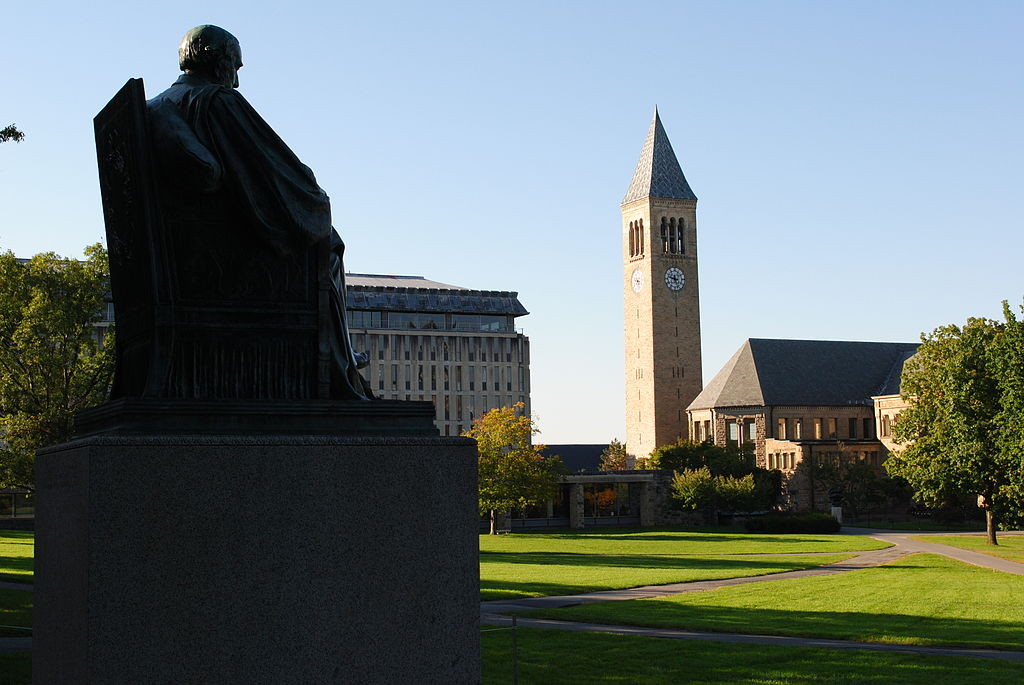NEW YORK (ViaNews) – For most high school students, making plans to embark on a journey to post-secondary education is a no-brainer. Among the many issues that students have to consider, determining how to pay for higher education is at the top of the list.
Over the last few years, student loan statistics show that borrower rates have risen drastically and continue to increase without signs of slowing down. We take a look at the student debt landscape and what this means for the next generation of borrowers.
Student loan debt is the second highest consumer debt in the US. The 2017 Federal Reserve report shows that the total student loan debt in America in the 3rd quarter of 2017 has reached an estimated 1.49 Trillion dollars. With an estimated 44.2 million borrowers across the country, student loan debt is roughly $620 billion higher than the total U.S. credit card debt and making it the second highest consumer debt category in the US.
According to Forbes, the average student in the Class of 2016 has $37,172 in student loan debt. Without the right tools to address this problem, the student loan delinquency rates (90+ days delinquent or in default) in 2017 reached 11.2%. In recent months, the delinquency rate on student loan debt has surged, presenting a potential liability for US taxpayers because the majority of student loan debt is backed by the US government.
For borrowers across all demographics and age groups, this debt is not going anywhere and determining the root cause of the problem can help alleviate the burden.
According to Debt.org tuition cost at public institutions have risen by 344% since 1980. That is, the cost to obtain a post-secondary education has steadily increased by nearly 9.3% per year over the last 37 years. On the other hand, tuition cost at private institutions has risen by 241% since 1980 – an increase of roughly 6.5% per year over the same time period.
By comparison, the rate of increase is significantly higher than those of electricity and gasoline prices which increased by 150% and 200% respectively since 1980. In addition to tuition increases, household income remains stagnant which has resulted in a significant increase in student loan borrowing. Without the means to cover the cost of everyday expenses, families are financially stretched thin. As a result, students are more likely to revert to borrowing as a solution for higher education.
So why are students forced to pay a premium for higher education and what are the long-term effects? It is no secret that a post-secondary education is a competitive advantage. Entry into many of the highest paying professions requires a college education. An overwhelming result of studies shows that college graduates make considerably more than their high school graduate counterparts.
The unemployment rate for individuals 25 years and older without a high school diploma was over 11%, but below 4% for those with a college degree. However, the amount of debt that most students graduate with today delays their ability to purchase homes, save for retirement, or contribute to the financial health of the economy as a whole.
The disparity between previous generations and today’s millennials is drastically different. Millennials are likely to need twice as many funds in their retirement accounts than their parents in order to maintain a comfortable lifestyle after they stop working.
In today’s environment, most college students are faced with weighing the cost-benefit of borrowing thousands in student loans or forgoing post-secondary education altogether. It is clear that this issue is a growing burden on Americans. In the end, most Americans will argue that investing in higher education can potentially generate a significant return on investment.




